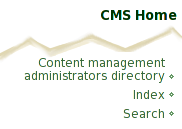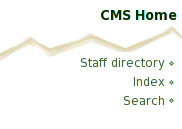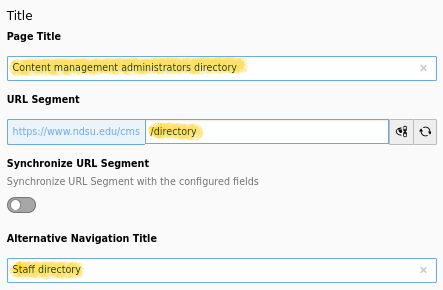ERROR: Content Element with uid "94669" and type "menu_30" has no rendering definition!
Page fields that impact Page URL
Several fields in the Page record can influence the URL used by the page. Listed in order of priority, they are
- URL Segment
- Alternative Navigation Title
- Page title
Always set a Page Title
When you create a new page, you must enter a Page Title. By default, the Page Title field is used for:
- The browser bar text and link text shown in search engine results
- The page label displayed in the CMS backend Pagetree
- The navigation link text
- The page URL*see note*
The URL is formatted as the page title where all letters are lower-case, spaces are turned to underscores (_) and all other special characters are removed
Since there is no way to override the browser bar text and link text shown in search engine results, you should set the Page Title to match the text desired for those entries and override the other parts if needed.
When to set an Alternative Navigation Title
If the navigation link text should be different than the Page Title text, set Alternative Navigation Title how the page link should appear in navigation menus. Note that it is not possible to have more than one navigation title (for example, if you want the link to appear one way in the department navigation and another in sitemaps) so you might have to strike a compromise here.
The Navigation title field is used for:
- The navigation link text
- The page URL*see note*
This means the actual page address will change if you set a Navigation title, so you should double-check that the new address is what you want and override the URL with the Path Segment, if needed.
When to set a URL Segment
If the Page Title or Alternative Navigation Title is not appropriate for the URL Segment (probably it is too long), you should set the URL Segment field to further customize the link.
The URL Segment field influences only the page URL*see note*.
Note that Google suggests using punctuation in URL segments, such as your_dept rather than yourdept. This isn't a hard rule, but if in doubt, include the word delimiter.
Example
Let's pretend you are making a page under www.ndsu.edu/cms to contain pictures and bios of all the CMS administrators. In our example, we'll imagine that the page title is required to be "Content management administrators directory," the navigation link text is required to be "Staff directory," and the publishable Web address is www.ndsu.edu/cms/directory.
Begin with required Page Title
First we set the Page Title to "Content management administrators directory."
This is great, except the "Content management" part is redundant with CMS both in the navigation and in the page URL and both are very long. But the text in the browser window is exactly the way you want, it says "Content management administrators directory."


Add Alternative Navigation Title
Let's pretend that it's really important to you for the text in the navigation menu to be more than just the word Directory, but you plan to make the page URL as short as possible eventually. Now you try setting the Alternative Navigation Title to "Staff directory." The result is

An added bonus is the tooltip text for the page provides additional (enhanced) information about the link
Of course, you realize that it would have been easier to omit the Navigation title in favor of abbreviating the original Page Title a bit and only adding a URL Segment later, but it was important to you for the Page Title to remain long in this case.
Explicitly set the URL Segment
At this stage you're close to the final goal, but you know that the page URL can be shortened even more. Now you set the URL Segment to "directory" for a final result of
Page properties from the example
If you configured the page properties as described above, the page properties form looks like the following
Note
** OK, admittedly, you can't set/influence the entire URL and path. If your page is under www.ndsu.edu, then there is nothing you can do to make the page domain something other than www.ndsu.edu. Likewise, the unit's main page, for example www.ndsu.edu/dept, is fixed too.


